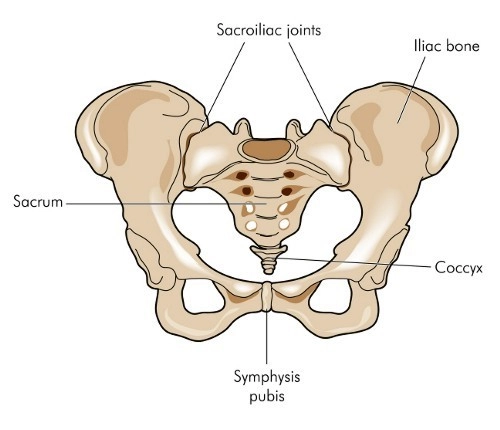Anesthesia Coding Alert
Reader Question:
Get the Lowdown on Non-typical Migraine Diagnoses
Published on Tue Jan 14, 2020

You’ve reached your limit of free articles. Already a subscriber? Log in.
Not a subscriber? Subscribe today to continue reading this article. Plus, you’ll get:
- Simple explanations of current healthcare regulations and payer programs
- Real-world reporting scenarios solved by our expert coders
- Industry news, such as MAC and RAC activities, the OIG Work Plan, and CERT reports
- Instant access to every article ever published in Revenue Cycle Insider
- 6 annual AAPC-approved CEUs
- The latest updates for CPT®, ICD-10-CM, HCPCS Level II, NCCI edits, modifiers, compliance, technology, practice management, and more
Related Articles
Other Articles in this issue of
Anesthesia Coding Alert
- Documentation:
Check Even the Small Details Before Filing Your Claims
Positions, approaches, and more can make big differences. Every anesthesia coder knows that CPT® anesthesia codes [...] - Pain Management:
Bone Up on the Differences Between Discography and Decompression Before Assigning Codes
Hint: One procedure is diagnostic; the other is therapeutic. Discography and disc decompression are two [...] - Regulations:
Here's Why You Should Keep Telemedicine and Opioid Claims Especially Clean
Be warned: The feds are watching for potential fraud. If you report telemedicine services or [...] - Technology:
Don't Let the Versatility of Devices Be Your Downfall
Follow these tips to shore up security. The more common and user-friendly mobile devices become, [...] - You Be the Coder:
Submit This for Epidural Patch Placement
Question: How do I code an epidural blood patch procedure on the same day as [...] - Reader Question:
Induced Hypothermia Doesn't Always Point to +99116
Question: When is it not correct to append +99116 for hypothermia? Louisiana Subscriber Answer: A few anesthesia [...] - Reader Question:
Remember That Monitoring Vitals Is Part of Anesthesia Service
Question: Is there a billable code for monitoring oxygen and heart function during vein surgery [...] - Reader Question:
Get the Lowdown on Non-typical Migraine Diagnoses
Question: I know about standard migraines and I think I have a grip on how [...]
View All




